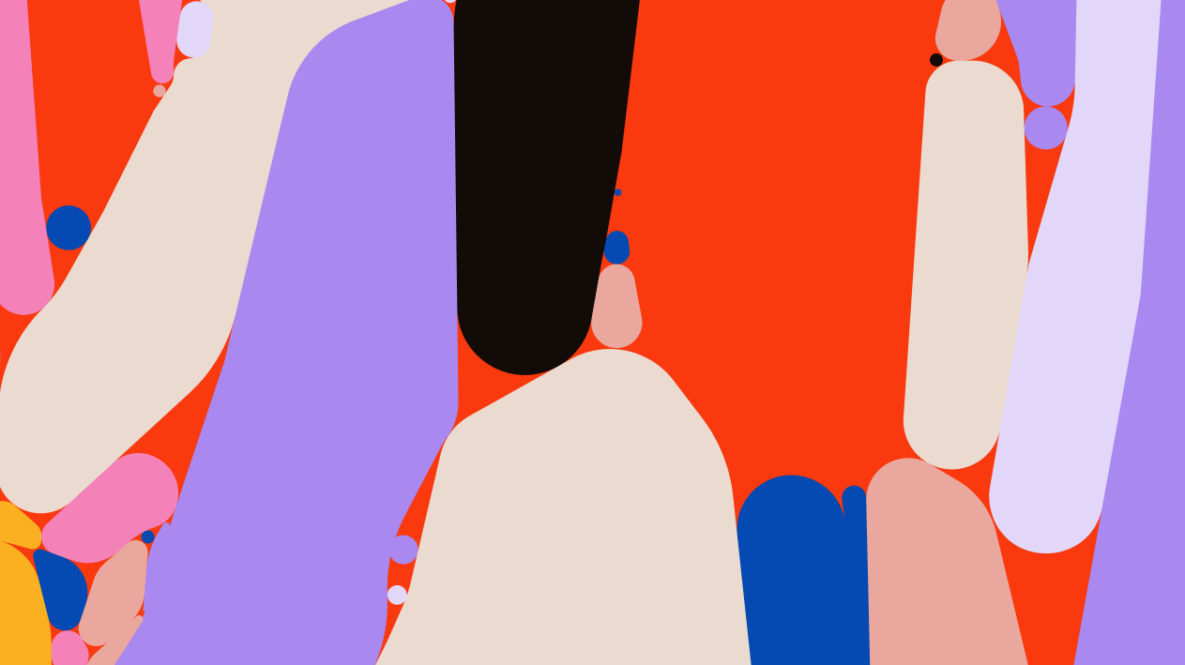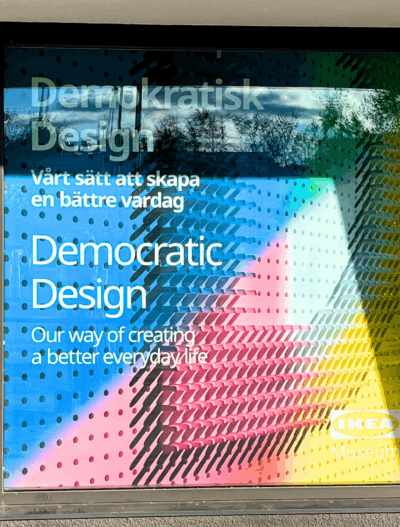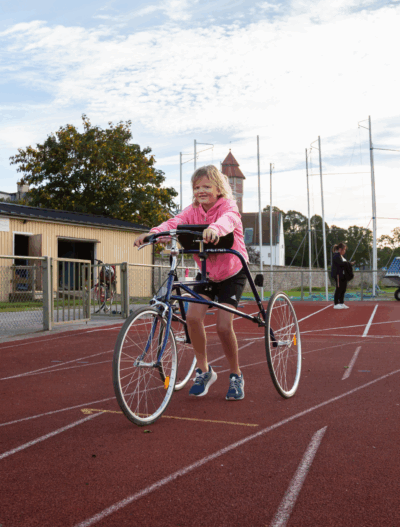What is universal design?
Design that works for as many people as possible – from the start.
Universal design starts with a simple insight: people are different. In how we move, live, and age. When diverse needs guide the process from the beginning, solutions become more accessible, inclusive – and often smarter.
The UN’s CRPD (2008) defines universal design as:
Design of products, environments, programmes and services to be usable by all people, to the greatest extent possible, without the need for adaptation or specialised design.
Universal design begins with thoughtful choices.
Not last-minute fixes.
Why work with universal design?
Inclusion drives innovation and sustainability.
Inclusive and universal design adds real value – to brands, cultures and innovation capacity. It helps meet social sustainability targets while unlocking broader market potential.
Many audiences impacted by accessibility are far larger than assumed – with at least one in four directly affected.
This work also aligns with key frameworks like CSRD, the Accessibility Act, the EU AI Act and the UN’s Agenda 2030, with its commitment to leave no one behind. (Leave no one behind).

Universal Design and Accessibility
Beyond Accessibility
Universal design and accessibility share the same goal – to enable more people to participate on equal terms. While accessibility often means adapting something afterwards, universal design is about including diverse needs from the very beginning. This leads to better solutions for more people – without separate arrangements.
Working with universal design also supports compliance with legal requirements – such as preventing discrimination under the Discrimination Act and ensuring digital accessibility according to the European Accessibility Act.
To succeed, early user involvement is essential. Universal design places particular importance on including people with different abilities, ages and experiences throughout the process.
How we involve families with lived experience
We collaborate with our network – the Community of Change.
Universal design starts with listening. That’s why we work closely with Community of Change – a vibrant network of families representing a wide range of abilities and experiences. Together, we identify needs, test ideas, and ensure inclusion is based on real life, not assumptions.
With insights from more than 80 diagnoses – from physical to cognitive and intellectual – we focus on the bigger picture of accessibility. Not on labels, but on lived realities.
We also collaborate with advocacy organisations, research companies and design studios in projects of all kinds.
To build a society for all, universal design is essential – across ages, abilities and life situations.
Our process
Designing Inclusion. Together.
Explore how we help organisations drive innovation and inclusive development – using our own process designed to put universal design into practice.







